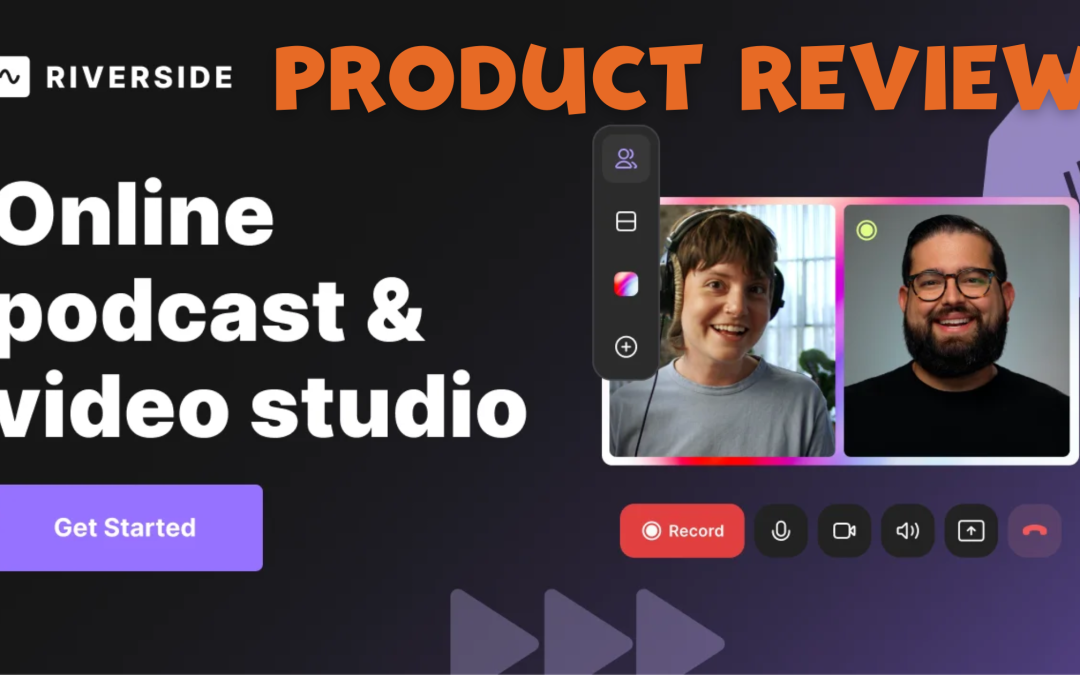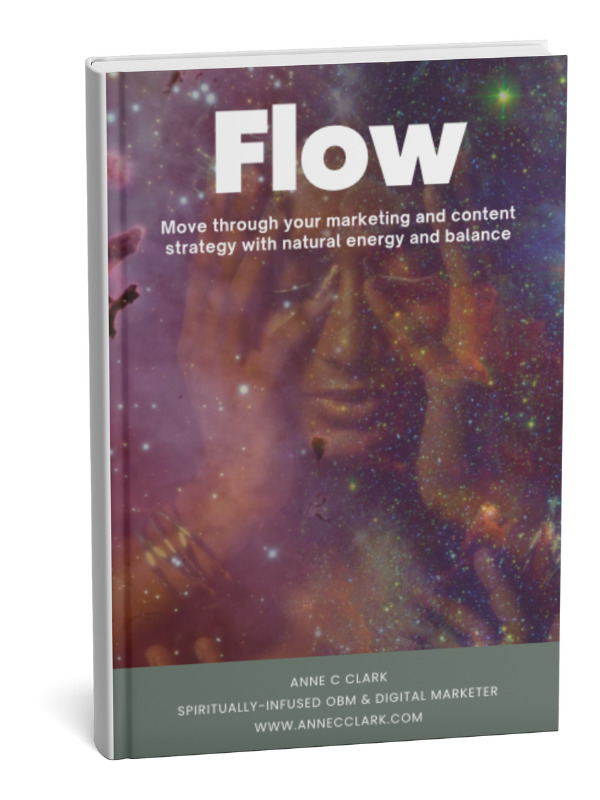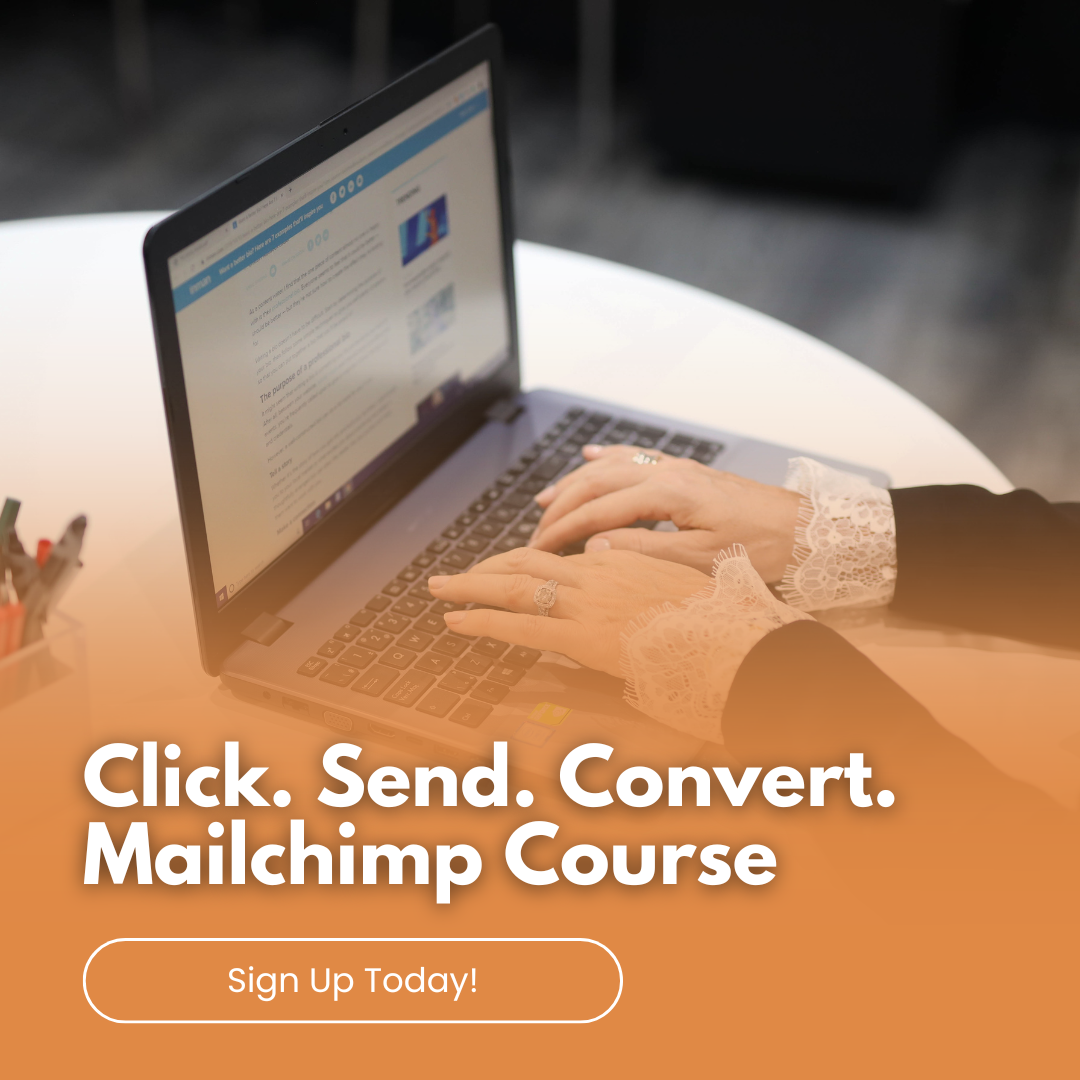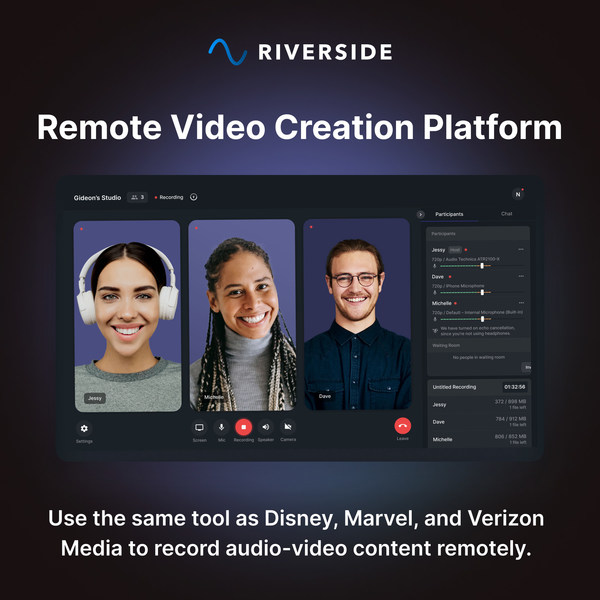
by Anne Clark | Jul 7, 2025 | Business, Digital Marketing, SEO, Social Media
If you’ve ever felt like your Instagram content was trapped in a social media black hole, seen only by your followers and maybe their dog if you were lucky, this news is about to change the game.
As of 10th July 2025, Instagram is officially allowing search engines like Google to index public posts. That’s right. Your reels, carousels and captions are no longer just Insta eye-candy. They’re now powerful, searchable assets that can boost your SEO and expand your visibility outside the app.
Here’s everything you need to know about this important update, why it matters for your business, and what you can do to make the most of it.
So, What Changed?
Instagram has finally joined the SEO party. Previously, content on Instagram wasn’t indexed by search engines. If someone Googled your niche, your brilliant reel on “How to Align Your Business with the Moon Cycle” wouldn’t appear unless it had been repurposed into a blog or YouTube video.
Now, if your Instagram account is public, your posts may show up in Google search results, helping new audiences discover your content, offerings and unique magic, all without needing to be on the app.
This is a big deal, especially for service-based businesses and spiritual entrepreneurs who rely on organic marketing and word of mouth.
Why Does This Matter for Your Business?
Because visibility equals opportunity. And now your Instagram content is working double-time for you. Here’s how:
-
Increased discoverability: Potential clients can now find you through a simple Google search, not just through hashtags or the Instagram algorithm.
-
More leads: Strategic content can attract dream clients looking for what you offer, without needing to pay for ads.
-
Better ROI: That beautiful carousel you spent hours designing is now an SEO asset, not just a scroll-and-forget post.
7 Ways to Optimise Your Instagram for SEO
If you’re already creating content, you’re halfway there. Now let’s make sure it’s Google-friendly.
1. Use Keywords in Captions
Google is a keyword engine. Use the exact phrases your ideal client might be typing into search, such as “naturopath for women’s hormones” or “how to start a spiritual business.”
Pro tip: Front-load your captions with keywords and write them in a way that sounds like you’re answering a search query.
Ready to Get Found by the Right People?
Download your free copy of
"The Soul-Led Business Owner’s Guide to SEO in 2025"
✅ Learn how SEO actually works
✅ Get step-by-step strategies tailored for heart-led businesses
✅ Discover how the new Instagram update affects your visibility
✅ Start attracting aligned clients organically
This is your sign to stop hiding. Let’s make Google your ally.
2. Customise Your Alt Text
Instagram allows you to manually add alt text to images. This helps with accessibility and now also functions as an SEO signal.
For example, write “Crystal grid for abundance intention setting – spiritual entrepreneur tools” instead of “Image of crystals.”
3. Name Your Image Files Before Uploading
Instagram stores the original file names. If you’re uploading from desktop, rename your image files before posting. Something like “breathwork_tips_for_business_owners.jpg” is more effective than “IMG_8495.jpg”.
4. Choose Niche Hashtags
Generic hashtags like #healing or #businesscoach are overly broad. Use specific, long-tail hashtags that include keywords, such as #AkashicRecordCoach or #SoulLedSystems.
5. Create Shareable, Evergreen Content
Google favours timeless content. Think educational carousels, tips and how-tos over trendy quotes or one-off memes.
A carousel titled “How to Create Aligned Systems for Your Spiritual Business” will have a much longer shelf life and more SEO traction than “Feeling Cute Might Delete Later”.
6. Repurpose Blog Posts into Reels and Reels into Blogs
Now that both blogs and Instagram content can rank on Google, they can support each other. Use your blog content to inspire carousel posts, and your high-performing posts to inspire new blog topics.
7. Link Instagram in Your Website and Newsletters
Build a connected web of content by linking your Instagram in your blogs, newsletters and email signature. The more connected your digital assets are, the more authority Google gives to your brand.
A Few Things to Keep in Mind
-
Only public profiles are eligible to have content indexed by Google
-
Not every post will be indexed right away. It will take time
-
Stories, DMs and private content will remain private
This update is an incredible opportunity, especially for those who want their content to work smarter. Your Instagram profile is no longer just a portfolio. It is now a legitimate SEO asset.
If you’re already creating thoughtful content, a few simple tweaks can turn your Instagram into a tool that not only engages but attracts.
If you would love support in aligning your content strategy with this new visibility upgrade, I would love to help. That’s what I do best.
Reach out to talk about optimising your content for search and soulful impact.
Ready to Get Found by the Right People?
Download your free copy of
"The Soul-Led Business Owner’s Guide to SEO in 2025"
✅ Learn how SEO actually works
✅ Get step-by-step strategies tailored for heart-led businesses
✅ Discover how the new Instagram update affects your visibility
✅ Start attracting aligned clients organically
This is your sign to stop hiding. Let’s make Google your ally.

by Anne Clark | Jun 27, 2025 | Business, Digital Marketing, Online Business Manager, Spiritual Entrepreneurs
Digital Marketing Strategies That Actually Work: How to Grow Your Business Online Without Wasting Time
Let’s be real — digital marketing can feel like a giant jigsaw puzzle with too many pieces. One minute you’re hearing about algorithms and the next, someone’s telling you to post three Reels a day and become besties with your email list.
Overwhelming? Absolutely.
Doable? Totally — once you know what matters.
Digital marketing is no longer a “nice-to-have” — it’s the beating heart of how modern businesses connect, convert and grow. Whether you’re brand new or just ready to level up, this guide will walk you through the essentials in a clear, no-fluff way.
Let’s dive into digital marketing that actually drives results (without driving you crazy).
Why Digital Marketing Is a Big Deal
Everyone (and we mean everyone) is online. Your dream customers are scrolling, searching, tapping and double-tapping their way through content every day — and they’re looking for brands and businesses that get them.
That’s where digital marketing shines. It helps you:
-
Show up in the right place at the right time
-
Build genuine relationships
-
Track what’s working so you can tweak as you grow
-
Reach more people without breaking the bank
And unlike old-school marketing, you can actually see what’s working in real time. From traffic and clicks to sign-ups and sales — it’s all measurable.
Meet the Digital Marketing Dream Team
Here’s a breakdown of the main players in your marketing toolkit — and why they matter.
✨ SEO (Search Engine Optimisation)
Get found on Google by the people who are already searching for what you offer. It’s all about using the right keywords, writing great content and making sure your website plays nice with search engines.
Content Marketing
This is your chance to shine. Blog posts, videos, podcasts, freebies — content lets you educate, inspire and connect with your audience without being salesy.
Social Media
Whether you love Reels, lives or just want to post once a week — social media helps you build a community, show your personality and grow brand awareness.
Email Marketing
Your email list is pure gold. It’s the one space where you own the audience and get to show up directly in someone’s inbox. Use it wisely and it will love you back.
PPC (Pay-Per-Click)
If you do want to dip your toes into paid advertising, PPC lets you run highly targeted ads on search engines or social platforms. Great for a traffic boost when used strategically.
Set SMART Goals (Not Just Vague Intentions)
Before you jump into posting, planning or creating, pause and get clear. Your digital marketing will only work if it’s anchored in solid goals.
Think SMART:
-
Specific: “Grow my Instagram by 500 followers” not “get more followers”
-
Measurable: Use data to track progress
-
Achievable: Keep it realistic for your time, skills and budget
-
Relevant: Tie goals back to your bigger business mission
-
Time-bound: Give yourself deadlines (and maybe a reward when you hit them)
Building a Digital Strategy That Doesn’t Suck
Here’s your roadmap to creating a strategy that’s intentional, creative and effective.
1. Know Your People
Who are you talking to? What are they struggling with? What lights them up? Create a clear picture (aka buyer persona) and write for that person — not everyone on the internet.
2. Do Keyword Research
Find out what your ideal client is searching for. Use tools like Ubersuggest or Google’s Keyword Planner to find terms you can use in your blogs, site and content.
3. Create Value-Driven Content
Whether it’s an email, an Instagram post or a video — every piece of content should serve a purpose:
-
Solve a problem
-
Share a story
-
Inspire action
-
Build connection
4. Use Social Media Intentionally
You don’t need to be everywhere. Pick 1–2 platforms you enjoy and show up consistently with value, personality and purpose. Plan ahead with a content calendar so you’re not scrambling every day.
5. Send Better Emails
No more “Hey there” and ghosting your list. Segment your audience, personalise your emails and send stuff they’d actually want to read.
6. Explore Paid Ads (If It Feels Right)
Once you’ve got a solid organic foundation, consider using Facebook or Google Ads to amplify your reach. Start small, test often and track what’s working.
Track What Matters
If you’re not measuring, you’re guessing. Use tools like:
-
Google Analytics (track website traffic and behaviour)
-
SEMrush or Ubersuggest (SEO insights)
-
Mailchimp or ConvertKit (email open and click rates)
-
Hootsuite or Later (social media scheduling and performance)
Look at what’s driving results and double down on what’s working.
Digital marketing doesn’t have to feel like a full-time job
Digital marketing doesn’t have to feel like a full-time job (even though it could be). When done well — and with intention — it can become the engine that fuels your visibility, connection and income.
Start where you are. Use what you have. Focus on real connection over perfection.
And remember — it’s okay to experiment and evolve.
Not sure where to begin? Book in for a chat and let’s talk about your business goals, what’s working and where we can optimise your digital presence.

by Anne Clark | May 20, 2025 | Business, Digital Marketing, Online Business Manager
If you’re recording long-form video content for YouTube, a web TV show, or your signature series, you’re sitting on a content goldmine. But too many entrepreneurs stop at the upload.
Here’s where I step in.
My specialty is taking that one high-value video and turning it into a powerful, multi-platform content strategy. Without you needing to create anything else from scratch.
This isn’t about doing more—it’s about making what you’ve already created work harder.
Turning One Video into Everything You Need
Here’s how it works:
1. Audio Becomes a Podcast
Once your video is recorded, I extract the audio, clean it up, and add your professional intro and outro. You’ve now got a podcast episode ready to upload to Spotify, Apple Podcasts, and more. It’s a seamless way to expand your reach without any extra effort on your end.
2. Reels and Snippets for Social Media
I scan the video for standout moments and turn them into short, branded reels with captions and headings. These clips are built for impact, tailored to platforms like Instagram, Facebook, LinkedIn and TikTok.
3. Blog Posts From Transcripts
Using the video transcript, I create polished, SEO-optimised blog articles that capture your message and tone. These aren’t robotic rewrites—they’re high-quality pieces that reinforce your expertise and improve your Google ranking.
4. Email Newsletters That Engage
Each video is a story waiting to be told to your list. I distil the key themes into a newsletter article that keeps your subscribers engaged and drives them back to your offers, website or podcast.
5. LinkedIn Articles That Build Authority
For clients looking to grow a presence on LinkedIn, I convert your video insights into a thoughtful, structured article that positions you as a thought leader.
6. Social Posts and Carousels
From your original video, I generate bite-sized takeaways, quotes, and educational posts that translate beautifully into static images, carousel slides, and captions for your broader content plan.
It Doesn’t End There
Three to six months later, I revisit your original content and recreate new versions—tweaked headlines, different visuals, updated angles—so your best material continues to show up without repeating itself. This long-term content recycling strategy keeps your platforms active and relevant.
Why This Works
Your video is packed with value – but without repurposing, most of that value disappears the moment it’s uploaded.
By turning one piece of content into many, we:
-
Save time
-
Maintain consistency across channels
-
Reach your audience wherever they are
-
Maximise the ROI of every video you record
Ready to Make Your Video Content Work Harder?
If you’re investing in video for your YouTube channel or TV show, I can help you transform that single effort into weeks of content across multiple platforms. You stay in your zone of genius—I’ll take care of the rest.

by Anne Clark | Mar 25, 2025 | Business, Digital Marketing
You’ve poured your heart into your business. You’ve posted regularly, updated your website, maybe even started an email list. But despite all the effort, you’re still not getting the visibility you hoped for.
Sound familiar?
You’re not alone. Many incredible business owners are doing all the things but still feeling unseen. The good news is—visibility isn’t about doing more. It’s about doing the right things, with the right intention and clarity.
Let’s dive into five common reasons your business isn’t getting noticed—and what you can do to change that.
1. You’re Blending In, Not Standing Out
If your brand looks and sounds like everyone else’s, it’s easy to get lost in the noise. Many business owners unintentionally dilute their uniqueness by trying to sound “professional” or follow what’s trending.
But your point of difference is you. Your story, values, and voice are what set your brand apart.
What to do:
-
Identify what makes your approach or business different.
-
Infuse personality into your marketing.
-
Focus less on trends and more on what feels aligned to you and your audience.
FLOW - Align Your Business with the Universe in 2025
Discover how to create soulful, aligned content and marketing strategies using the power of astrology, lunar cycles, and cosmic energy.
You’ve poured your heart into your business. You’ve posted regularly, updated your website, maybe even started an email list. But despite all the effort, you’re still not getting the visibility you hoped for.
Sound familiar?
You’re not alone. Many incredible business owners are doing all the things but still feeling unseen. The good news is—visibility isn’t about doing more. It’s about doing the right things, with the right intention and clarity.
Let’s dive into five common reasons your business isn’t getting noticed—and what you can do to change that.
1. You’re Blending In, Not Standing Out
If your brand looks and sounds like everyone else’s, it’s easy to get lost in the noise. Many business owners unintentionally dilute their uniqueness by trying to sound “professional” or follow what’s trending.
But your point of difference is you. Your story, values, and voice are what set your brand apart.
What to do:
-
Identify what makes your approach or business different.
-
Infuse personality into your marketing.
-
Focus less on trends and more on what feels aligned to you and your audience.
FLOW - Align Your Business with the Universe in 2025
Discover how to create soulful, aligned content and marketing strategies using the power of astrology, lunar cycles, and cosmic energy.

by Anne Clark | Dec 3, 2024 | Business, Digital Marketing
As someone who juggles multiple projects and values efficiency, finding tools that make life easier is non-negotiable. Enter Riverside.fm, my go-to platform for recording and editing podcasts, webinars, and video content. From the moment I started using it, I knew this wasn’t just another recording tool—it’s a game-changer.
Top Features That Stand Out
- Crystal Clear Recording Quality
Riverside captures audio and video locally on each participant’s device before uploading it, meaning no more worrying about glitches or poor internet connections affecting the final product. The result? High-quality, professional-grade recordings every single time.
- User-Friendly Interface
The platform’s design is intuitive, making it perfect for tech-savvy pros and beginners alike. You can quickly set up a recording session, invite guests, and hit record without any fuss.
- Multi-Track Recording
Each participant’s audio and video are recorded on separate tracks. This is a lifesaver during editing because it allows me to fine-tune each person’s audio or video independently. No more struggling with overlapping dialogue or background noise that ruins the entire track.
- Magic Editor: The Ultimate Time Saver
Here’s where Riverside truly shines for me. The Magic Editor is like having an editing wizard on standby. With just a few clicks, you can trim unwanted segments, polish transitions, and create a professional-looking output—no advanced editing skills required. It saves me hours of work and delivers a final product that’s ready to upload.
- Transcriptions Made Easy
For anyone repurposing content into blogs or social media posts, Riverside’s automatic transcription feature is a blessing. It’s accurate, easy to export, and saves tons of time.
Why I Love It
Riverside has made my content creation process faster, easier, and more enjoyable. The days of dreading post-production editing are over. With its combination of powerful features and seamless functionality, I can focus on creating great content without being bogged down by the technical side of things.
Perfect for Any Creator
Whether you’re a seasoned podcaster, a business owner recording webinars, or someone just starting their content journey, Riverside is the ultimate tool to elevate your workflow. It’s more than a platform—it’s a partner in making your creative projects a success.
If you’re on the fence about trying Riverside, jump in. It’s worth every cent for the time, frustration, and effort it saves. It’s not just a recording tool—it’s a complete content creation solution that keeps me coming back for more. Learn more about Riverside here.

by Anne Clark | Oct 22, 2024 | Business, Digital Marketing
Creating a content calendar doesn’t have to be a complex task. In fact, having a well-organised content calendar can save you time, keep your content consistent, and give you a clear overview of your strategy. Whether you’re managing a blog, running social media accounts, or planning email campaigns, a content calendar can be your best friend. Here’s how you can create a content calendar that works for you in three simple steps.
Step 1: Plan Your Themes
The first step in creating an effective content calendar is to decide on your overarching themes. Think about what message you want to convey and how it ties into your overall goals. Themes help you stay organised and ensure that your content is cohesive throughout the month or quarter.
Here are some ideas to get you started:
- Monthly Focus: Pick a specific topic or theme for each month. For example, if you run a wellness blog, January could focus on ‘New Year, New You’ content, while February could be about ‘Heart Health.’
- Seasonal Content: Align your themes with seasonal events or holidays. This is particularly useful for product-based businesses where promotions and campaigns can coincide with seasonal buying trends.
- Evergreen Content: Include a balance of evergreen content—topics that remain relevant over time, such as how-tos or beginner’s guides—to keep your content fresh and continually useful.
By planning your themes in advance, you’ll have a structure that makes the rest of your content creation easier.
Step 2: Outline Your Posts
Once you’ve chosen your themes, it’s time to outline your content for each post. This doesn’t mean you need to write the full post at this stage, but having a general outline helps to keep you on track and reduces last-minute stress.
Consider these elements when outlining your posts:
- Post Type: Will it be a blog post, video, social media post, or email? Defining the type of content helps you allocate time accordingly.
- Headlines: Jot down potential headlines or titles for each post. Keep them clear and catchy.
- Key Points: Write out 2-3 key takeaways or points you want to cover in each piece. This gives you a direction and ensures your content stays focused.
- Call to Action: Make sure each post has a clear call to action (CTA). Whether it’s asking your audience to comment, share, or sign up for a newsletter, every piece of content should guide your audience toward the next step.
Having these elements outlined will make it easier when you sit down to write or create the actual content.
Step 3: Schedule It All in One Go
The final step is to schedule your content, and this is where the magic happens. By scheduling everything in one go, you’ll save time, ensure consistency, and maintain a bird’s-eye view of your entire content strategy.
Here’s how to go about it:
- Choose a Platform: Whether you prefer a physical planner, an Excel sheet, or a tool like Google Calendar, Trello, or Asana, pick a platform that works for you.
- Set Publishing Dates: Assign dates for each piece of content based on your themes and post types. This could be daily, weekly, or even monthly, depending on how often you want to publish.
- Batch Your Work: Consider batching your content creation. For example, dedicate one day to brainstorming, another day to outlining, and a third day to writing and scheduling posts. This helps to streamline your workflow and keeps you focused.
Once your content is scheduled, you’ll have the freedom to focus on other areas of your business while knowing your content plan is working behind the scenes.
Why a Content Calendar Works
A content calendar helps you stay organised, reduce last-minute stress, and keep your content aligned with your overall goals. It allows you to:
- Maintain consistency across platforms.
- Strategically plan content that aligns with business objectives.
- Easily adapt and update your plan when necessary.
By following these three simple steps – planning your themes, outlining your posts, and scheduling it all – you’ll have a content calendar that keeps you on track and saves you time.
So, why wait? Start planning your content calendar today and take control of your content strategy! However, if you are struggling with time, or simply don’t want to do it, then chat to me about how I can support you and do all this for you instead.
















